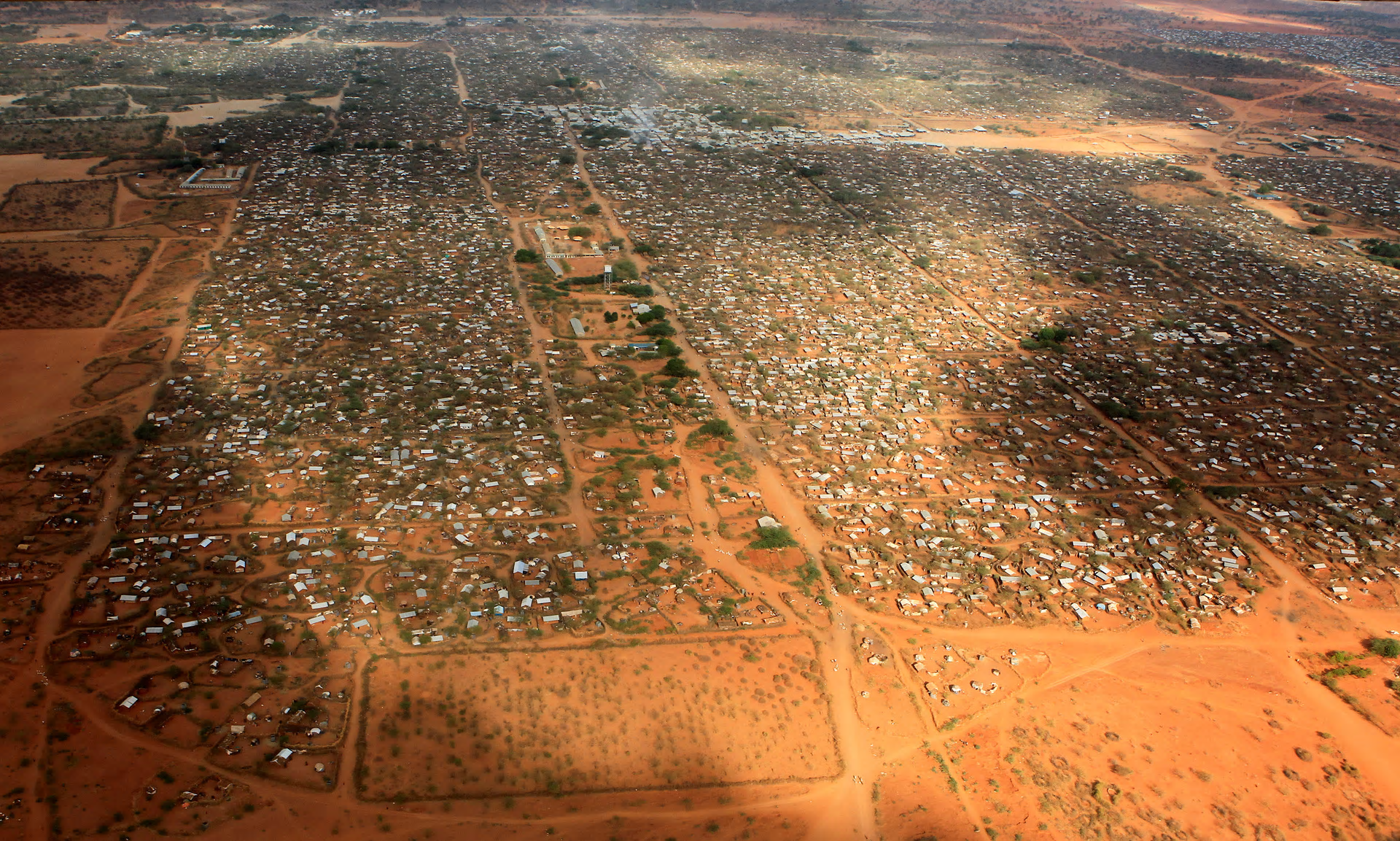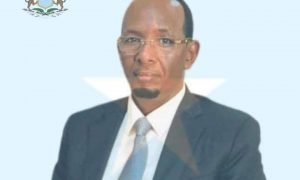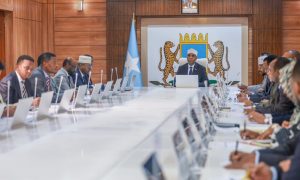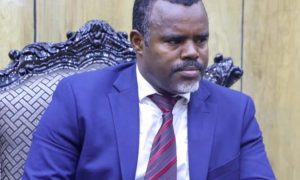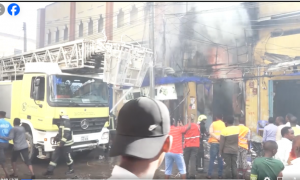
Sprawling Dadaab is where journalist Asad Hussein was born, raised and educated. Now, Kenya wants to demolish the camp.
The Guardian
By Asad Hussein in Dadaab
Friday 23 September 2016 –
In a dusty expanse of desert in eastern Kenya sits the world’s largest refugee settlement, the place I call home.
The camp was set up in 1991 to house Somalis fleeing the civil war. At first, there were three settlements: Ifo, Dagahaley and Hagadera. Ifo II and Kambioos were later added. They are all generally called Dadaab, named after the nearby town 50 miles (80km) from the Somali border.
Half a million people are estimated to live here. My family are among them. They arrived in Ifo in the early 1990s; I was born in 1996.
I grew up and completed high school here in 2014, and I hope to start university soon. I’ve been writing since I was a child and I am hoping to become a journalist. My two younger siblings, also born in Ifo, are at primary school.
 Dadaab is our home, but in May, the Kenyan government said it would dismantle the camp by November, claiming that it had been infiltrated by militant groups.
Dadaab is our home, but in May, the Kenyan government said it would dismantle the camp by November, claiming that it had been infiltrated by militant groups.
It was not the first such threat. In 2012, closing the camp was mooted due to “economic concerns”, and last year, the Kenyan deputy president, William Ruto, said Dadaab would be shut within three months, although this never happened.
From the attack on the Westgate shopping mall to the slaughter at Garissa University College, the Kenyan government has long blamed Somali refugees for insecurity, but for people in the camp, the most recent announcement feels like the most serious yet. The government disbanded the department for refugee affairs and politicians are keen to appear in control of national security, with a presidential election coming up next year.
It is true that security has become an issue here. There is one main dusty road that runs through Ifo. I used to go there as a child to watch the cars drive past at exactly 8am, every day, etched with UN letters, carrying workers to their field offices. Today, it is almost dormant.
Two Spanish aid workers from Doctors Without Borders were kidnapped in October 2011 and there have been multiple explosions over the years. Cars no longer move without a heavy security escort or following a predicable schedule.
Other things have also changed. The playground where I played football is now occupied by people living in tents. The narrow path I walked to school is a graveyard and the hospital I attended as a child lies in ruins.
What happens to us?
The government has said we should return to Somalia voluntarily. This week, it asked the UN for financial support, but has not disclosed many details on how our return can happen quickly and humanely.
The UN refugee agency has a plan. UNHCR suggests that refugees awaiting resettlement in a third country, and those not originally from Somalia – about 30,000 people – should be rehomed at the Kakuma refugee camp, about 450 miles from Nairobi.
It says 42,000 people living in Dadaab are registered Kenyan nationals and should be reintegrated into local communities. The remaining 170,000 refugees must return to Somalia.
My family are in the first category. The UN opened a resettlement case for us in 2004 and we were supposed to go to live in the US. We attended the necessary medical examinations 17 times, but our flight never arrived.
We suspect fraud. Maybe someone sold our slot and a different family went on it. This does happen.
“Wait, be patient,” is what I was told when I contacted the resettlement support centre, but 12 years is a long time to hold out. My father has given up; he says we should return to Somalia. But I was born here, in Kenya – a country that doesn’t accept me.
People in Dadaab are reacting to the threat of closure differently. Some, such as Hawa Abdi, 23, have gone back to Somalia of their own accord. I spoke to the mother of three children in Ifo II a week before she left in July. She explained that she had fled Sakow in 2011 after the devastating drought in Somalia.
Abdi had heard that rainfall was predicted for her home town. “If Kenya doesn’t want us, why should we stay here?” she asked.
 But for Fatuma Mohamed, 44, a long-term resident of Ifo, this is home. Mohamed fled Somali in 1991 and has since married and had eight children here. “The land we had in Somalia has long been taken away and we don’t have a place to return to … I don’t know what to do,” she said, speaking at her polythene-thatched home with a kitchen made out of twigs.
But for Fatuma Mohamed, 44, a long-term resident of Ifo, this is home. Mohamed fled Somali in 1991 and has since married and had eight children here. “The land we had in Somalia has long been taken away and we don’t have a place to return to … I don’t know what to do,” she said, speaking at her polythene-thatched home with a kitchen made out of twigs.
Mohamed Issack, 20, who grew up in Dagahaley, dreams of being accepted by his host country. “I would have loved to be a Kenyan and free to live in any part of this country … but that is not an option for me,” he said.
My family is undecided about what to do. Like Mohamed, we feel that Somalia is not yet ready to accommodate us, but we know Dadaab will close eventually, whether in November or a few years from now.
I belong to a generation of children who have been rendered stateless. I neither belong to Kenya, where I was born, nor Somalia, where my history begins. Sometimes, I say I am a child of UNHCR.
.
.
Asad Hussein, 21, is a writer based in Dadaab working on a novel. Follow him on Twitter @asadhussein
__________________________
_____________________________________________________________________________________
Xafiiska Wararka Qaranimo Online | Mogadishu, Somalia
_____________________________________________________________________________________Advertisement
_____________________________________________________________________________________


